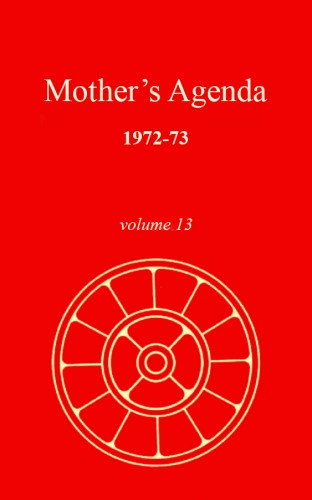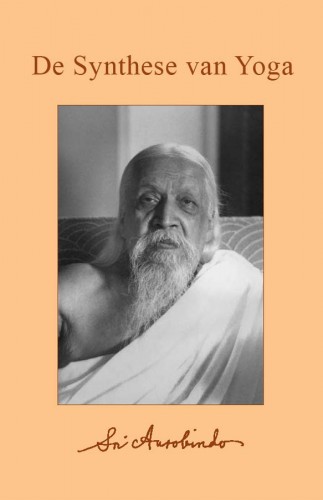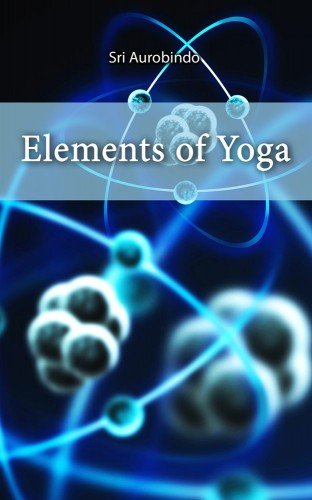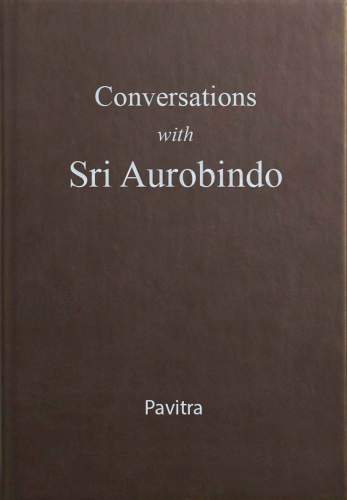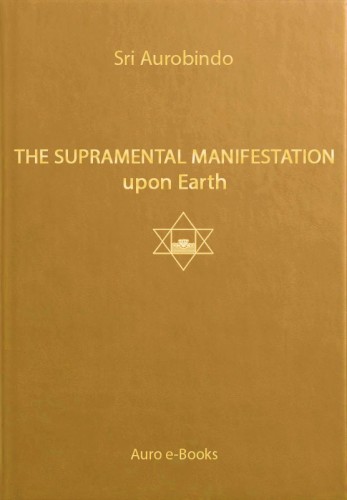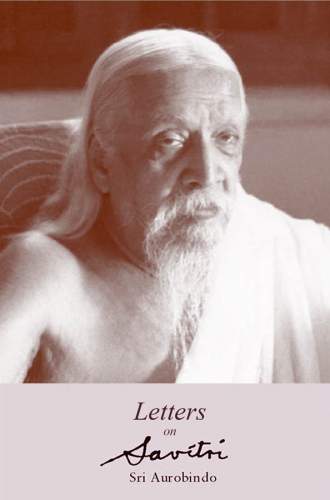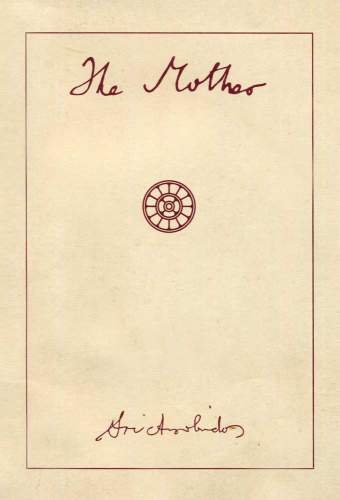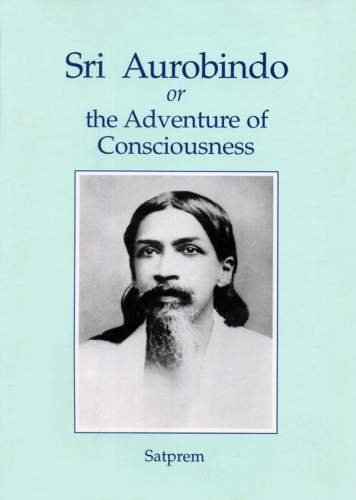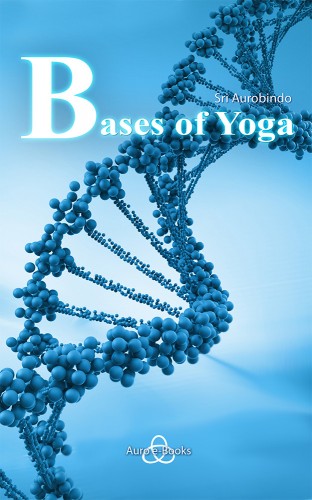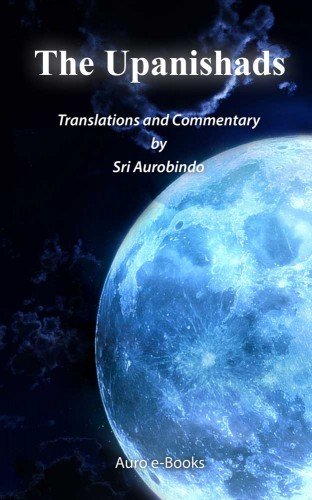
Sri Aurobindo or The Adventure of Consciousness
“Sri Aurobindo or The Adventure of Consciousness” is one of the most remarkable books written by Satprem. It has particular appeal to the westerners, who approach yoga subject trough the mind. Many seekers on the path of the Integral Yoga came to know about Sri Aurobindo through reading this book.
There is in Sri Aurobindo a revolutionary, a poet, a philosopher, a visionary of evolution. He is not only the explorer of consciousness, but the builder of a new world. For evolution is not over: “Man is a transitional being,” he wrote at the beginning of the century. This now classic introduction to Sri Aurobindo (in a new edition and translation) not only tells us the story of his life, in itself a remarkable adventure; Satprem also takes us along in a methodical exploration of Sri Aurobindo’s “integral yoga,” showing how it leads to a “divine rehabilitation of Matter” and gives our painful evolution its meaning and hope. “We have denied the Divinity in Matter to confine it in our holy places, and now Matter is taking its revenge — we called it crude, and crude it is. As long as we accept this Imbalance, there is no hope for the earth: we will swing from one pole to the other — both equally false — from material enjoyment to spiritual austerity, without ever finding our plenitude. We need both the vigor of Matter and the fresh waters of the Spirit…. Now the time may have come at last to unveil the Mysteries and to recover the complete truth of the two poles within a third position, which is neither that of the materialists nor that of the spiritualists. – Satprem
Read more
